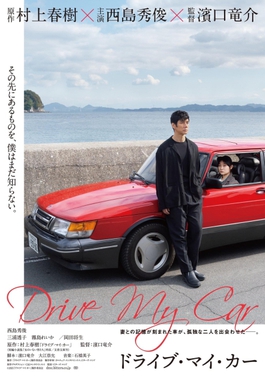It is evident that Part 2 was written with a more complex and refined structure than Part 1. There are no chunks of excursions into other people's stories for chapters at a time. This is in response to literary criticism against Part 1, as Cervantes acknowledges in the text. Instead, other characters' stories are much reduced and, when they occur, are woven into the adventures of Don Quixote and Sancho Panza. Meanwhile, the main characters are given more complexity and nuance -- less crazy shit from Don Quixote and more display of Sancho's "simple" wisdom, including lifting some old fables of wise judges and anecdotes into a collage of original and uncredited materials.
Once upon a time I lost someone's respect by voicing my dislike for Hamlet. Now I could probably lose some more by admitting that Don Quixote is one of the most annoying characters I've read. Not that the character himself is poorly written, mind you, but rather there is quite a bit of truth in him. He reminds me of quite a few well-educated men I have met in real life, blathering on about lofty ideals and profound philosophies and "the perfect woman" while entirely detached from real people. Throughout the novel, I kept wondering how many weak and downtrodden people were actually saved or helped by Don Quixote. There is the shepherd boy, who harbors no gratitude for the more severe beating from his master after the knight's intervention. And about his gallantry ... I made a note in Chapter 63, "As much as Don Quixote loves Sancho as a friend and cannot do without him, he has no qualms with making him flog himself for a woman who doesn't exist." What a great friend! Also in at least two places, Sancho and a duenna, respectively, get beaten up by someone in front of Don Quixote, and Don Quixote's reaction is either to run away as fast as he can or hide under the bedcover shivering like a coward.
From these details, we can infer Cervantes' opinion of his title character. Therefore, I have to wonder about readers who sincerely praise Don Quixote's "idealism" -- Do they genuinely identify with him or have they read only the Cliff's Notes of the novel?
The depiction of Sancho, on contrast, is full of subtle admiration and affection. I am not ashamed to admit that I identify with many of his qualities, especially his get-rich-quick schemes and flexible understanding of "loyalty." The relationship between Don Quixote and Sancho is not nearly as simple as either friendship or master-servant, which is one of the most interesting aspects of the novel. In Chapter 60 is a fun paragraph that illustrates the relative martial skills between the two men in no uncertain terms:
Sancho Panza got to his feet, rushed at his master in a fury, and tripped him so that he fell to the ground and lay there faceup; Sancho placed his right knee on his chest, and with his hands he held down his master's hands ...
Another interesting aspect, perhaps not entirely intentional, is the interlude about a converted Moor who is forced into exile by the king's immigration policies. Behind the fairy tale in the novel, we see trails of tear and blood of thousands of families being mass deported from their homes or killed. Some things never change.
Overall, Don Quixote is amusing and highly readable, and I am glad I have read it, but would I go back to read it again in the limited time left of my life? No, thanks.

